
Children today are completely at home in the digital space. They use digital diaries and textbooks at school, communicate via instant messaging, play games on mobile devices (not to mention PCs and consoles), and create mini masterpieces on tablets and laptops. This total immersion in the digital universe is a concern for many parents, but if they want their child to spend time online safely and usefully, they must not only understand the basic concepts of digital security and have a grasp of the threats, but also be able to explain them to their kid.
The Parental Control module in Kaspersky Lab products and the standalone multiplatform solution Kaspersky Safe Kids protect children from undesirable content. They allow us to collect anonymous statistics about children’s online activities for which filtering is suggested, and every year we analyze this data to find out what their interests are and how they are adapting in the digital world.
How statistics are collected
Kaspersky Lab solutions scan the content of web pages that children try to access. If a particular site belongs to one of 14 unwanted categories, the module sends a notification to the Kaspersky Security Network (there is no transfer of personal user data and no violation of privacy). There are two important things to note here:
- Parents decide for themselves what content should be blocked and configure the application accordingly. However, anonymous statistics are collected for all 14 categories.
- Data is harvested only from computers running Windows and Mac OS; no mobile statistics are provided in this report.
Website categorization
In products with parental control functionality, web filtering is currently performed across the following categories:
- Internet communication media (social networks, messengers, chat rooms, forums)
- Adult content
- Alcohol, tobacco, narcotics
- Violence
- Weapons
- Profanity
- Gambling, lotteries, sweepstakes
- Computer games
- Electronic commerce
- Software, audio, video
- HTTP query redirection
- Recruitment
- Religions, religious associations
- News media
Filtering search queries
Children’s search activity is the best indicator of their interests. Kaspersky Safe Kids can filter children’s queries in five different search engines (Bing, Google, Mail.ru, Yahoo!, Yandex) for six potentially dangerous topics: adult content, alcohol, narcotics (drugs), tobacco, racism, and profanity (bad language).
The search queries were distributed by language. Statistics for the English language are considered international due to its prevalence. All searches in the specific language, minus repeat queries, were taken as the 100% reference value. The popularity of each topic, defined as the percentage of queries related to it, is calculated both for each separate language and for the entire world.
Search queries sent to us during the period of November 2017 — May 2018 were broken down into several thematic categories:
- Computer games
- Music
- Video
- Anime
- Shopping
- Pornography and erotica
- Online communication
- Education
- Sport
- Translators
- Other
Global picture
Site categories
First of all, let’s look at which categories are most popular among children worldwide (by number of users who visited sites in the corresponding category as a percentage of all Parental Control and Safe Kids users in the world).

Distribution of Parental Control and Safe Kids notifications across 14 categories, May 2017 — May 2018
The most popular category of sites accessed by children from computers is “Internet communication media”, primarily social networks. That said, this category has been declining for a number of years due to the rise of mobile devices. Last year, for instance, its share was 61.32% worldwide, and two years ago it accounted for 67.17%.
The “Computer games” category has also been slipping year on year in the overall ranking of sites visited from computers. In 2015–2016 gaming sites accounted for 11.21%, in 2016-2017 the figure was 9.12%, and in the current reporting period their popularity fell to 4.99%.
After a sharp increase last year, the “Alcohol, tobacco, narcotics” category again slipped back. Whereas in 2015–2016 it accounted for 9.12% and in 2016–2017 14.13%, this year it was down to 6.32%.
The “Software, audio, video” category was in fifth place in the rating two years ago with a share of 3.44%. Last year it climbed to 6.23% and now ranks second with 22.40%.
Over the past two years, the share of visits to sites with adult content has been consistently under 2%. This category is even showing a downward trend: 1.49% in 2015–2016 and 1.16% in 2016–2017.
Search queries
The most popular online search topic for children worldwide is “Video” with a share of 17.25% (this includes queries related to video content, streaming services, search for video bloggers, serials, and films).
In second place (13.59%) came the topic of text translation, especially popular in non-English-speaking countries. Many children whose mother tongue is Spanish, Italian, German, Russian, or French often search for “translator” or “google translate.”
Next, children look for things related to communication: social networks, instant messengers, email.
The fourth-placed category in the ranking of individual interests is computer games (9.09%). As for adult content, children search for the topic more often than they visit websites in this category.
Regional variations
As before, we selected six popular categories to be examined in detail. First, let’s look at the distribution of these categories across seven regions. We chose the following:
- North America (USA, Canada)
- Western Europe (Austria, Belgium, Britain, Ireland, Germany, Liechtenstein, Luxembourg, Monaco, France, Switzerland, Denmark, Sweden, Spain, Italy)
- CIS (Russia, Belarus, Kazakhstan)
- Latin America (Argentina, Brazil, Haiti, Guatemala, Honduras, Dominican Republic, Colombia, Mexico, Panama, Uruguay, Chile, Ecuador, Puerto Rico, Venezuela)
- Asia (China, Singapore, Hong Kong, Macao, Taiwan, Japan, Korea)
- The Arab world (Algeria, Bahrain, Djibouti, Egypt, Iraq, Jordan, Kuwait, Libya, Sudan, Tunisia, UAE, Yemen, Saudi Arabia)
- Australia, New Zealand
In the Arab world and Latin America, children prefer to access social networks and use instant messengers on a computer, while in North America and Western Europe this indicator is the lowest in the world.
Traditionally, the “Software, audio, video” category is most popular in Asia and least popular in the Arab world, respectively. Also unchanged is the level of interest of Australian, New Zealand, and North American children in the topic of “Alcohol, tobacco, narcotics”, while children in the Arab world show the least interest.
Asian children visit adult sites more often and are more likely to be interested in shopping.
Differences by country and language
To understand why some categories are rising in popularity, while others are declining, we took data from 16 countries across the six popular categories and examined it in detail. For our comparison, we took the share of users who visited sites of a certain category from the total number of Parental Control and Safe Kids users.
Online communication
We already noted that children are using computers less and less to communicate. Every year, social networks are increasingly migrating to mobile platforms (some like SnapChat and Instagram were initially designed for smartphones). It should be noted that not only social networks, messengers, and email fall into the Internet communication media category, but also forums, dating/friend-finding sites, and blogs.
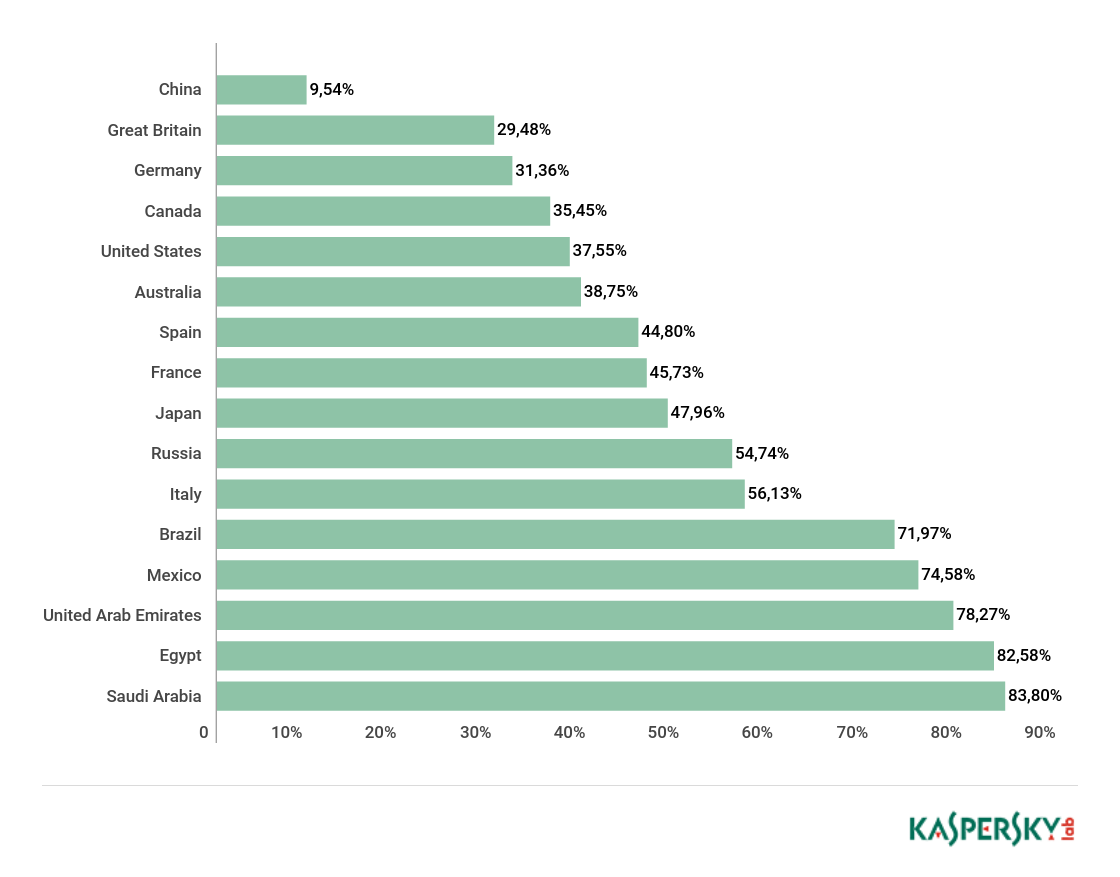
Popularity of the “Internet communication media” category in different countries, May 2017 — May 2018
Saudi Arabia, Egypt, and the UAE are top in terms of number of children who prefer to use computers to visit social networking sites, and desktop versions of instant messengers. The most popular sites in this category in most countries are Facebook, Google Hangouts, Gmail, and Twitter.
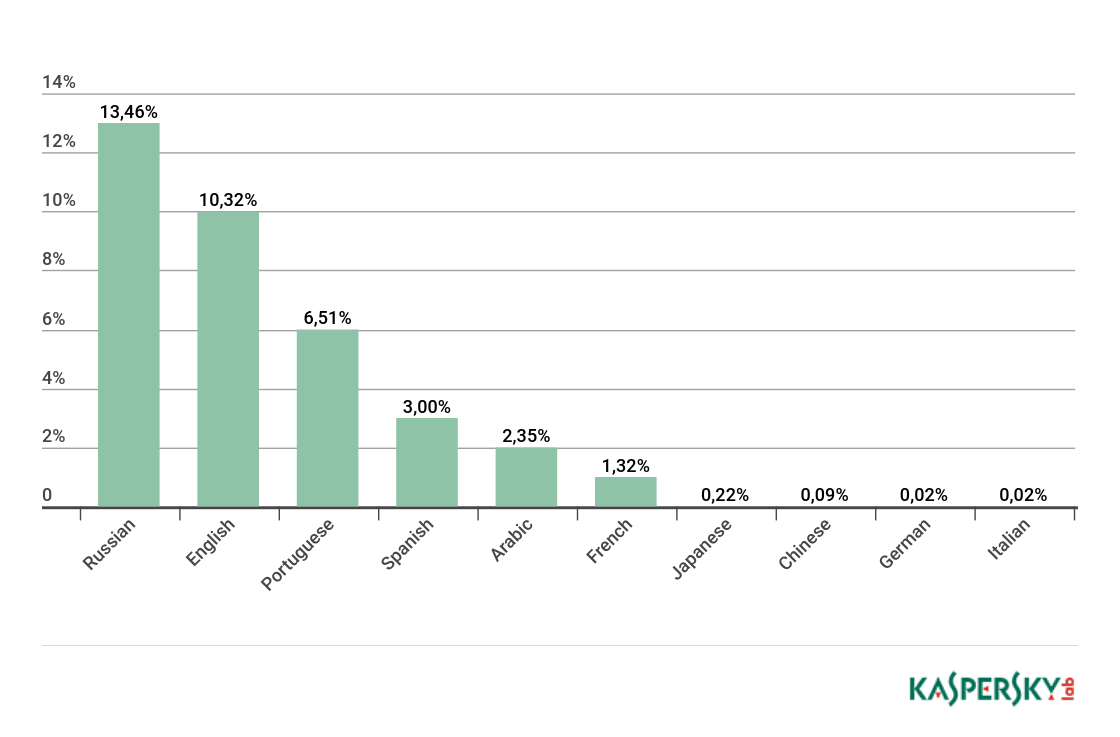
Internet communication media. Distribution of thematic search queries by language, November 2017 — May 2018
Russian-speaking children are most likely to search for “online communication”. The most popular queries are “вк” and “вконтакте” (names for Vkontakte social network). That’s not surprising: as we said last year, VKontakte is the most popular social network among Russian-speaking children.
Next come English-language or international queries. The most popular is “Facebook,” followed by “Gmail” and “Instagram.” Portuguese-speaking children are interested in pictures in the social network Tumblr and “facebook login.”
Interestingly, children hardly ever search for dating/friend-finding apps, despite many video bloggers actively promoting them.
Software, audio, video
As we already mentioned, the “Software, audio, video” category is now almost four times as popular as in the previous report. Let’s analyze the content of this category and work out where the growth came from.

Popularity of the “Software, audio, video” website category in different countries, May 2017 — May 2018
A significant rise in the popularity of sites with video and audio content was observed among children in China. Compared with last year (18.45%), children consumed three times as much video and audio content on their computers (78.76%). The popular online music service Kuwo.cn was supplemented by the Chinese equivalents of YouTube — Iqiyi.com and youku.com (YouTube itself is blocked in China), as well as the online cinema Kankan.com.
German children, like most others in the world, prefer to spend time on YouTube, watch TV shows on Netflix, and video game streams on Twitch. In Russia, the most popular sites accessed from computers are also YouTube and Twitch.
What kind of video and audio do children search for? For convenience, we divided their search queries into three separate categories: video content, music, and anime.
As the international language, English is most commonly used for video content search. As might be expected, the most popular search query is “Youtube,” followed by “Netflix.”
Incidentally, the online cinema Netflix, which in early 2016 opened its virtual doors to users in 190 countries (having initially been available only in the US, Australia, New Zealand, and Canada), was the third most visited resource among children.
In Russian, children most often look for “ютуб” (YouTube), “мультики” (cartoons) and “гравити фолз” (Gravity Falls).
Japanese and Chinese children are most interested in watching anime. Their search queries are well-informed and consist mainly of names of specific anime series. A small margin of error is admissible in these figures, since anime aficionados might search for content using the original names. Admittedly, without knowledge of Japanese or Chinese a full analysis of the search results is not really feasible.
The English-language queries give us an insight into which singers/groups children like and what music they listen to: the most common search was for information about the k-pop group Bangtan Boys. In addition to the long popular Justin Bieber and Taylor Swift, children searched for rap/hip-hop music, for example, rapper Lil Pump (especially his notorious hit track “Gucci Gang”), singers Nicki Minaj, Cardi B, and rap star Lil Peep, who died last year.
Among Portuguese-speaking children, singer Anitta, musical artist MC Kevinho, and rapper Ozuna are popular. In Germany, searches for Julien Bam, Mike Singer, and Lukas Rieger are most common. Judging by search queries, the favorites in Russia are Face, Allj, and Egor Kreed.
The most popular online music services were Spotify, iTunes, and Deezer.
Alcohol, tobacco, narcotics

Popularity of the “Alcohol, tobacco, narcotics” website category in different countries, May 2017 — May 2018
Compared to the year before, the number of visits to sites featuring the topic of alcohol, smoking, or drugs fell in Australia by 8.24 p.p. and in Britain by 19.03 p.p.
Overall, our analysis of search queries received from both PCs and mobile devices revealed little interest in this topic. Last year, we assumed that the surge in children’s interest in this category of websites was because e-cigarettes and vapes were trending. Now the trend is waning, and such sites are being visited less often.
Computer games
The Computer games category covers not only PC game websites, but all sites related to the gaming industry.
Our analysis of search queries showed children’s interest in game consoles, for example, Nintendo Switch, which was released in March 2017. Judging by the queries (for example, “nintendo switch,” “nintendo,” “legend of zelda,” “super mario odyssey”), the unit is very popular with children.
French-speaking children are the most likely to search for sites on gaming topics; for instance, the most popular query in this category is “jeux gratuits” (“free games”). Among the English-language queries, the most common are “roblox,” “fortnite,” and, of course, “minecraft.” Children are also extremely interested in “clash royale” (a game for Android and iOS released in March 2016).
Minecraft and Roblox remain very popular: PC sites connected with these games are the most visited. Overall, the number of game sites accessed from PCs almost halved against the previous year. Children prefer to watch game streaming on YouTube and Twitch (the “Software, audio, video” category), as shown by the increased number of visits to these sites and the rising popularity of YouTube’s dedicated gaming channel: gaming.youtube.com.
Electronic commerce

Popularity of the “Electronic commerce” website category in different countries, May 2017 — May 2018
Japanese children’s interest in online shopping fell almost threefold against last year, and in China almost fourfold. Nevertheless, children in Japan are still more likely than any others in the world to visit online stores. The most popular are amazon.co.jp, rakuten.ne.jp, and the Japanese clothes store Uniqlo. In Western and Arab countries, the picture remains unchanged: children most often visit Amazon, Ebay, H&M, and IKEA.
Children who speak German are the most likely to query search engines about shopping. Among the popular queries are “Ebay kleinanzeigen” (ads on Ebay) and “handyhüllen” (phone cases). The most popular queries in Portuguese were for the online stores Mercado Livre and Casas Bahia, while in English the top three were Amazon, Ebay, and Aliexpress.
Adult content

Popularity of the “Pornography, erotica” website category in different countries, May 2017 — May 2018
Pornographic content online continues to interest children, but to a far lesser extent than computer games, music, video, and social networks (where, it should be said, there is no shortage of pornography).
The topic is of greatest interest to children from Japan. This is also confirmed by the number of visits to porn sites (the most popular being dmm.co.jp, pornhub.com, and xvideos.com) from computers, and by the share of thematic search queries (mainly including names of famous Japanese porn stars).
The situation is ambiguous in Arab countries, where children visit adult sites from computers less often than other kids, yet search for porn more often. We would hazard a guess that they search for and watch pornography on mobile devices (unnoticed by parents, but not web filtering programs), not on computers. The most popular searches in the Arabic language are “whores,” “sex,” and “watch sex online.”
The Top 3 most popular porn sites among children have not changed for several years. They are PornHub, xHamster, and RedTube.
Interestingly, the share of Russian-language porn-themed queries is one of the lowest. But don’t celebrate just yet. It might have something to do with the fact that in Russia the most popular social network among children and teenagers is VKontakte, where music, chat, and games often rub shoulders with pornographic content.
Other interests
In our study of children’s interests based on search queries, we selected a handful of separate topics that are not part of any web categorization, but illustrate fairly well what children do online.
Education
Most study-related queries come from Chinese children. They search for information about the history of their country, works of art, and mathematical problems. Second place goes to Russian-speaking children. Their most popular queries are “гдз” (ready home assignments), “электронный дневник” (electronic diary), and “егэ/огэ” (unified/basic state exam).
English-language queries are fewer in number, but more diverse. They include mathematical games, dictionaries, space projects, and science in general. However, many established terms and concepts are written in English, so it’s possible to conclude that the above topics are of interest to children throughout the world.
As we noted from the global statistics on search queries, “translators” accounted for 13.59% of all searches by children worldwide over the year. Above all, they were made by children from Spain, Germany, Russia, France, and Portugal. Most were searching for Google Translate. Moreover, children are interested in translating from their native language into English and vice versa, for example, “traductor ingles español,” “traduttore italiano inglese,” or “englisch deutsch.”
Sport
The final topic of interest to both us and the world’s children is sport.
The most popular sport with children is soccer. French-speaking children search for Paris Saint-Germain F.C. and club’s star player Kylian Mbappé. Arabic-speaking children, meanwhile, are more interested in مانشستر يونايتد (Manchester United F.C.) and يلا شوت (yalla-shoot.com), a website with match results and sports broadcasts.
The 2018 Winter Olympics was the most common sports topic among children from Italy (olimpiadi invernali 2018).
Conclusion
Over the past year, children have been spending less time playing PC games and far more watching YouTube videos (often games, ironically), as well as TV shows and movies on Netflix. The younger generation is less inclined to visit social networks from computers, preferring mobile devices. Interest in tobacco, alcohol, and drugs is gradually declining, and computer games are more appealing to children than porn.
We can conclude that despite Parental Control being installed on devices (our Parental Control products are not invisible to the user), children do little to hide their interests and use the Internet not only for entertainment, but also for study. As for parents, information and knowledge about what their child is looking for can be used to build a dialogue and establish a trusting relationship.



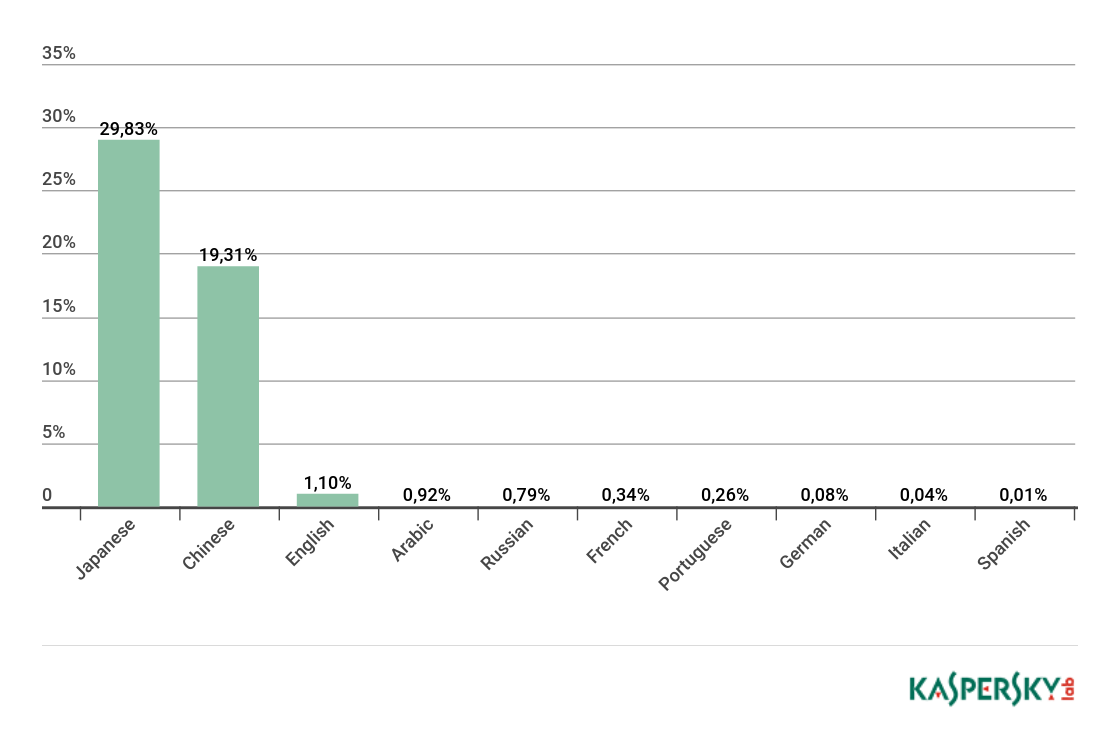

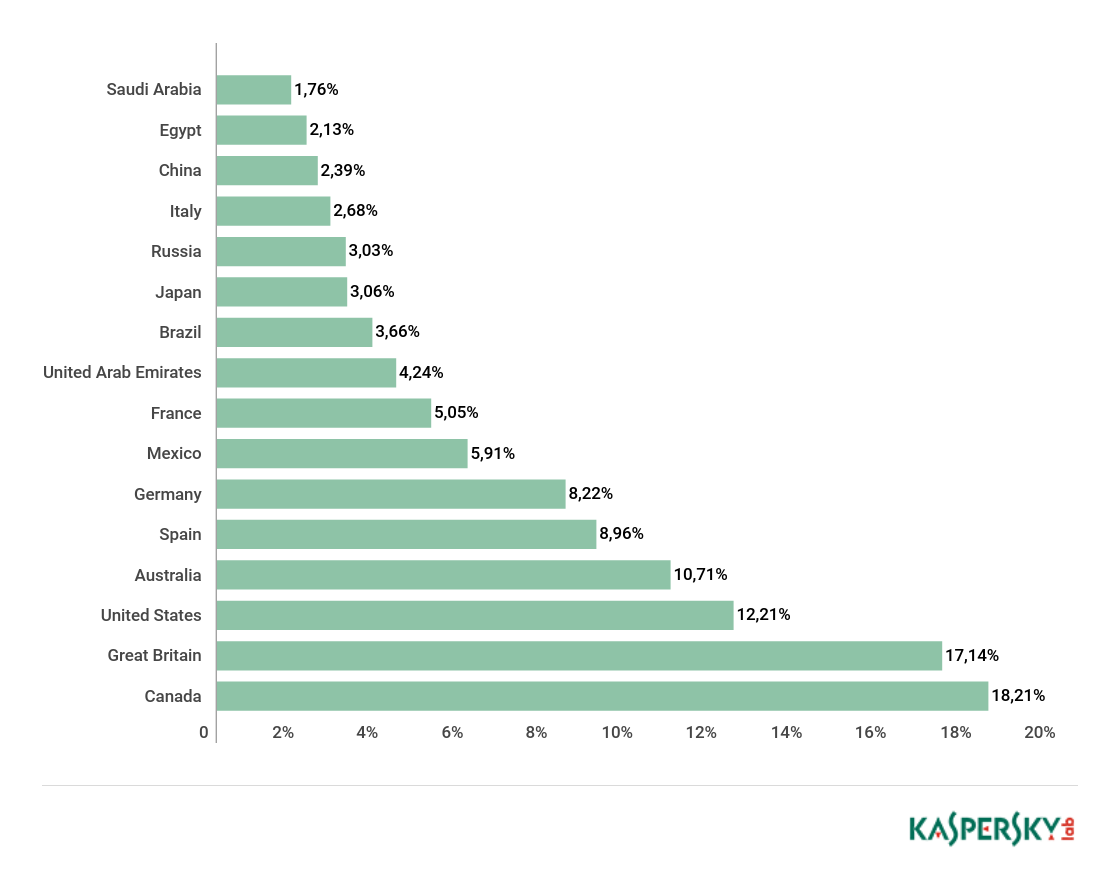
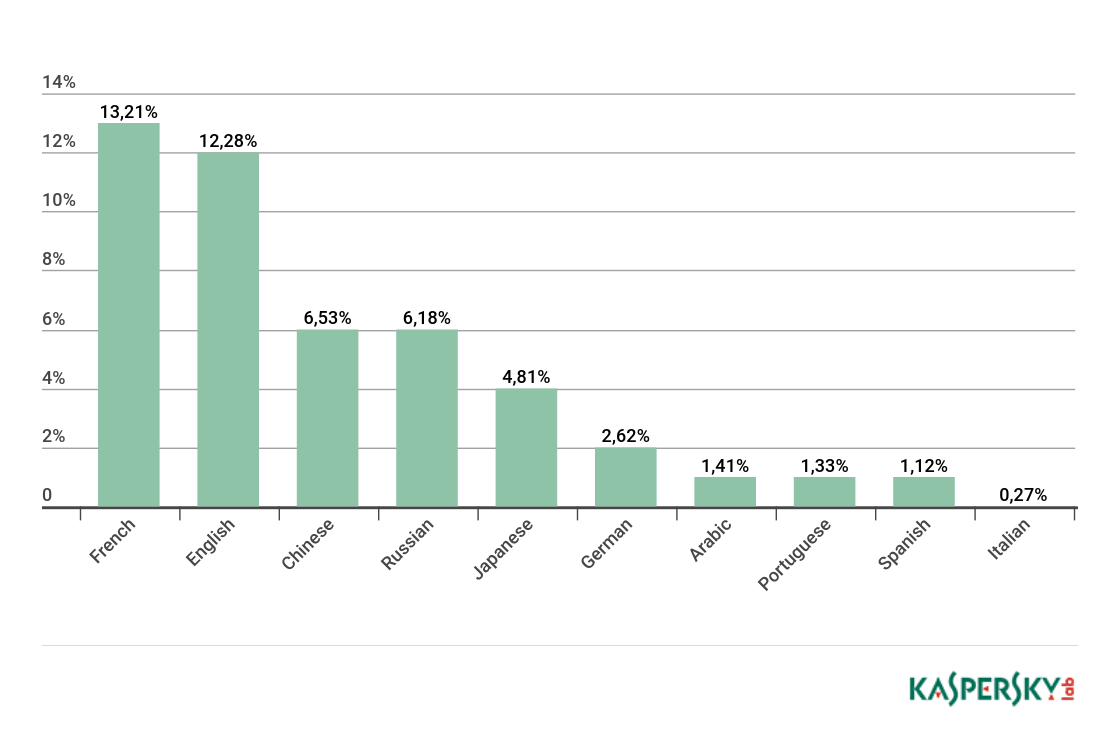
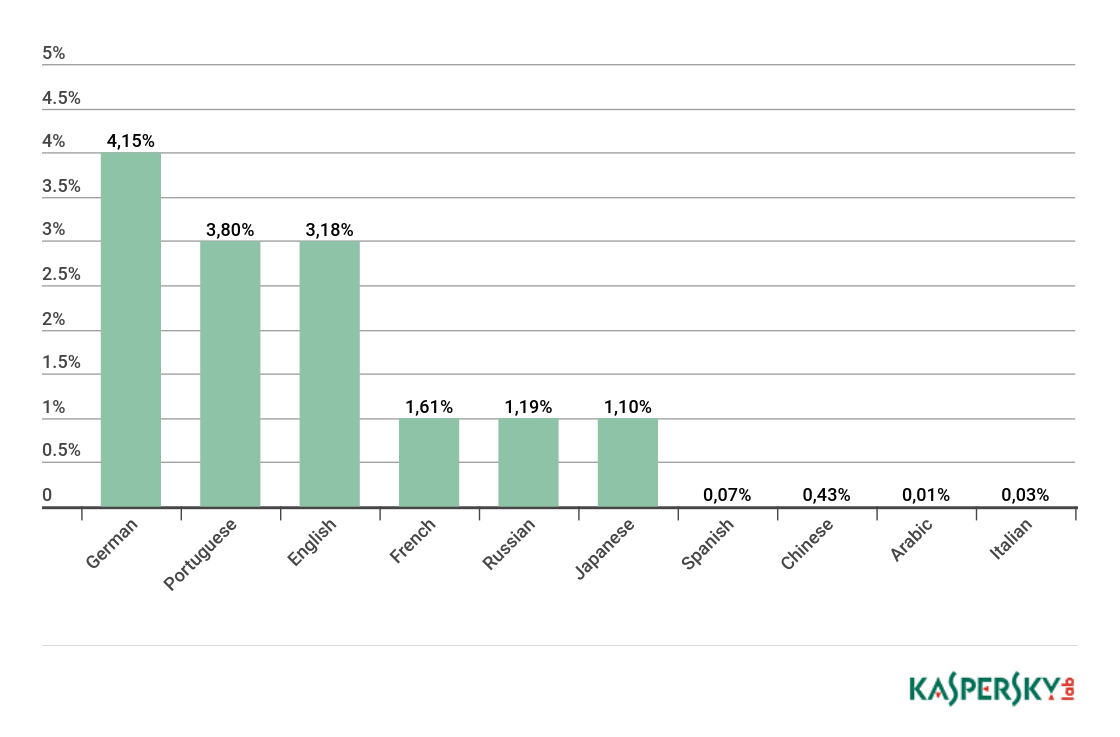


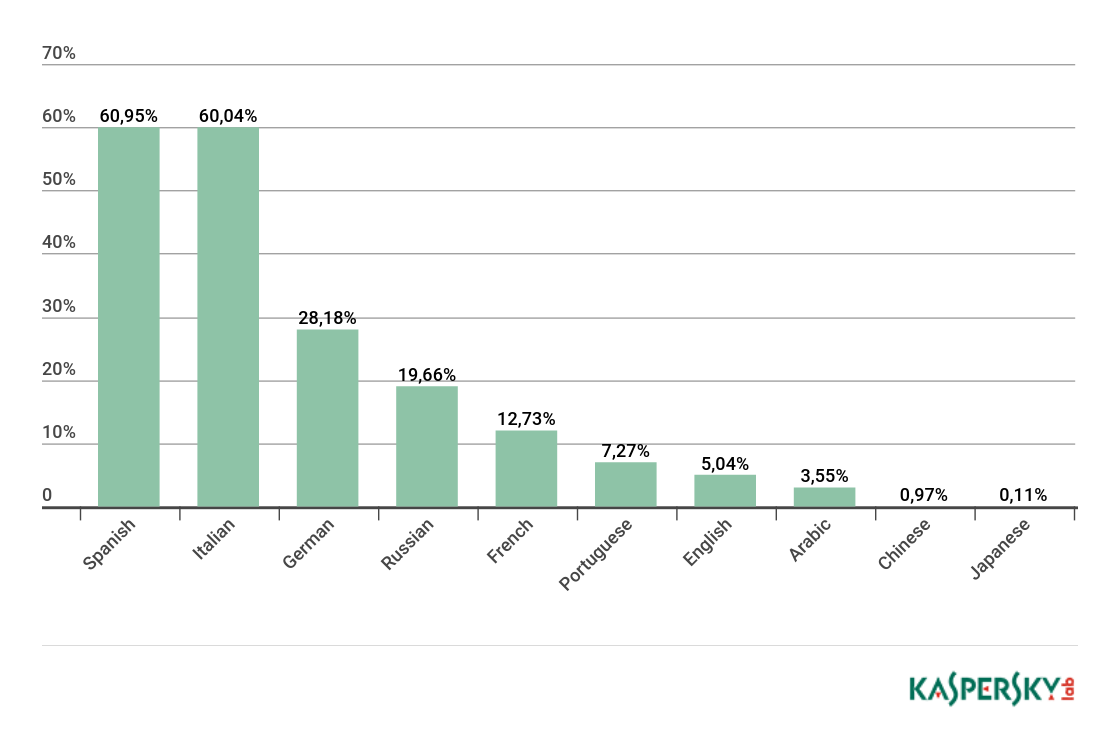
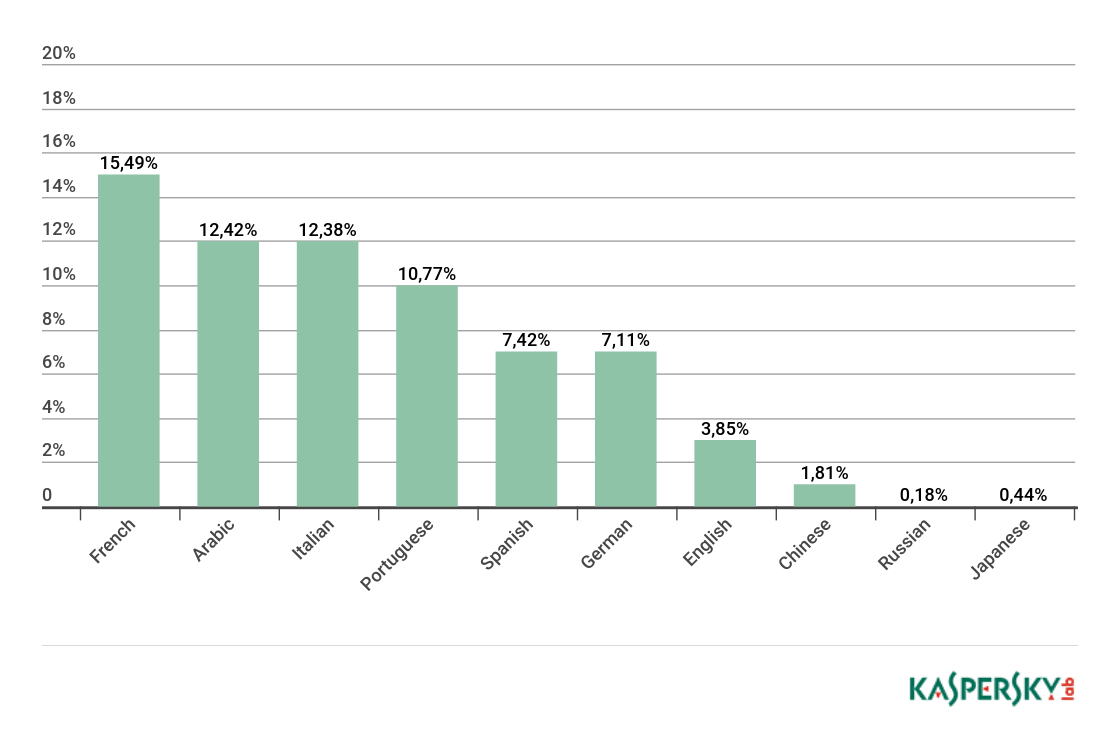



















Netkids